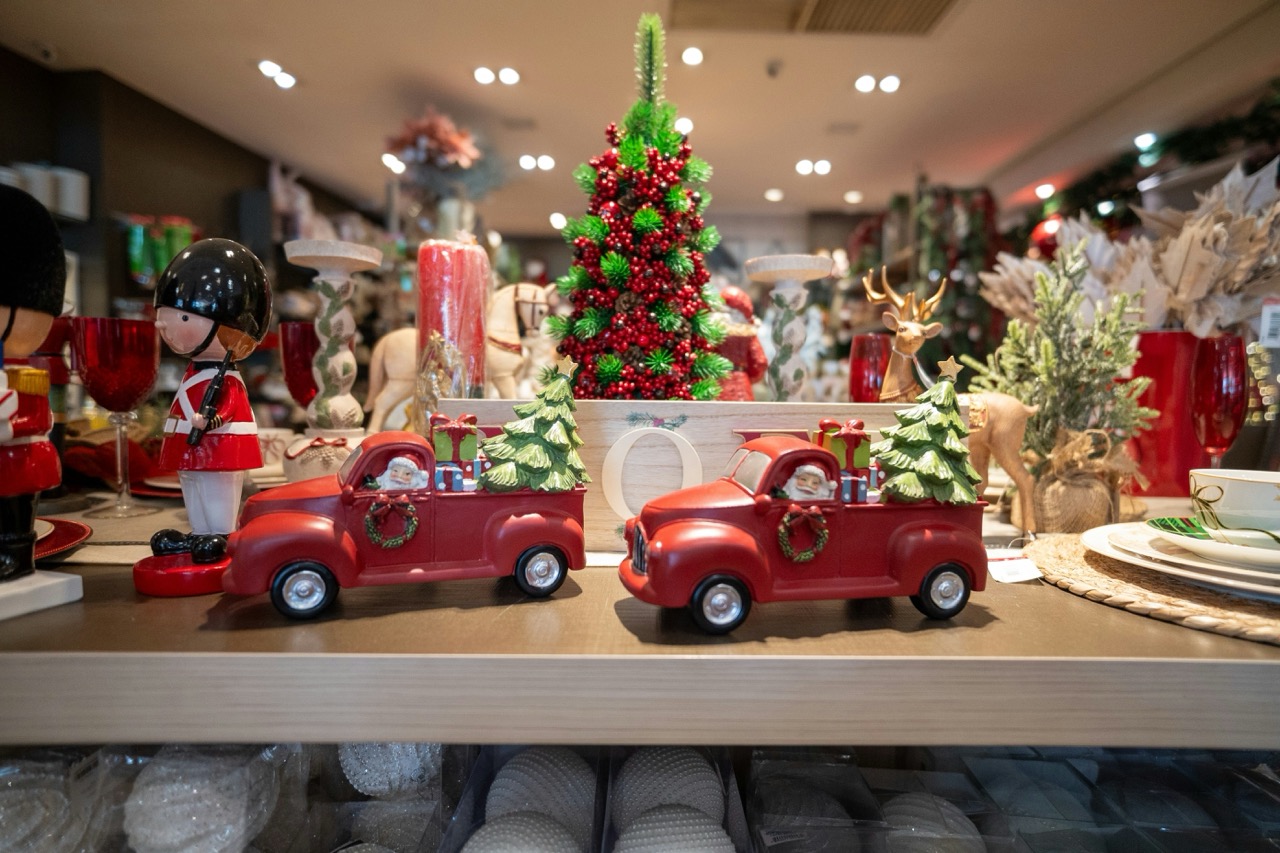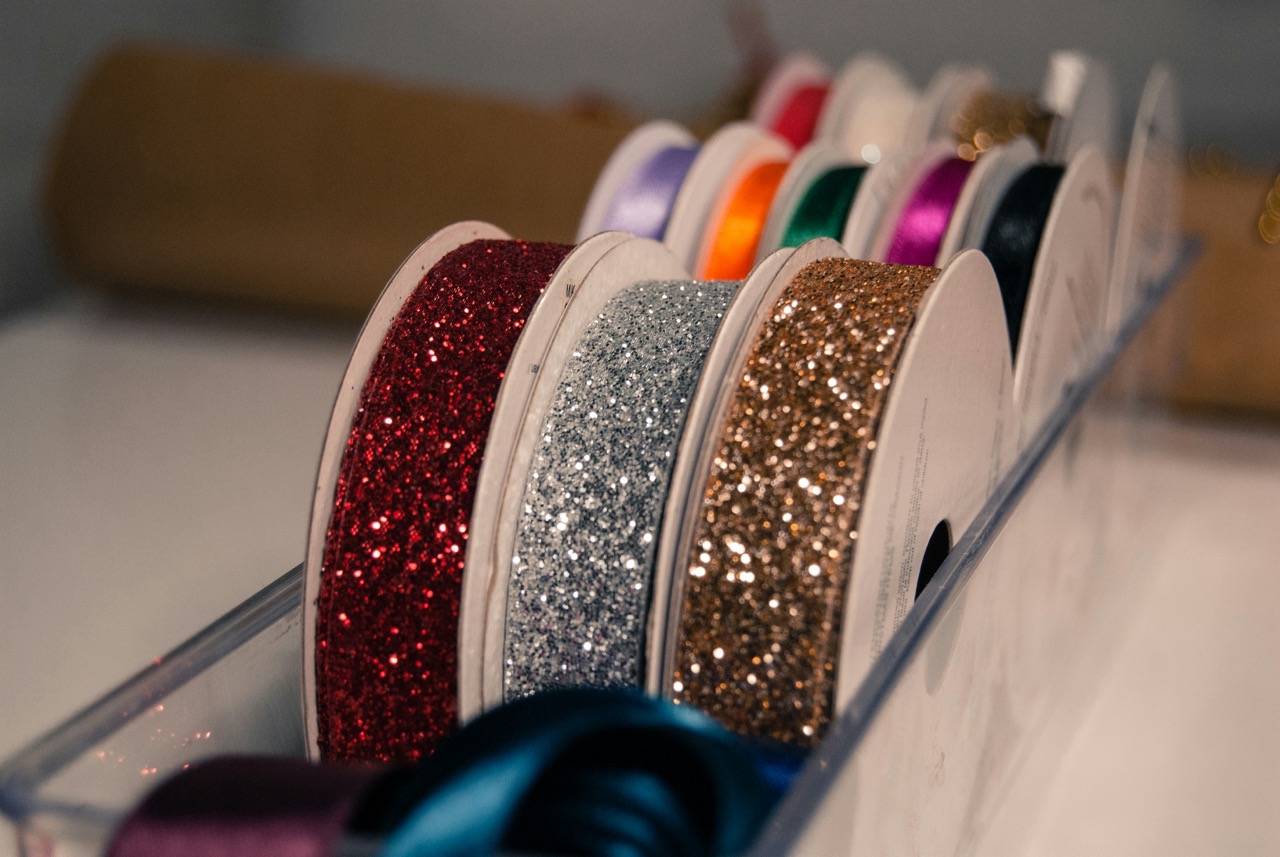Ribbons are a versatile and delightful tool for crafters, decorators, and enthusiasts alike. With a vast array of colors, patterns, and textures available, mixing and matching ribbons can elevate your projects to new heights. Whether you’re preparing for a celebration, sprucing up your home, or creating unique gifts, the art of ribbon mixing allows for endless creativity. In this article, we will explore tips and techniques to help you mix and match ribbons for unique and stylish looks.
From understanding color harmony to mastering layering techniques, we will delve into various aspects of ribbon crafting. Each section will provide insights into enhancing your ribbon projects, no matter your skill level or experience. Let’s embark on this colorful journey of ribbon artistry together!
Discover the Art of Ribbon Mixing for Stylish Creations
Mixing ribbons can be a delightful yet daunting task. The first step in mastering this art is to embrace creativity and experimentation. Ribbon can be used in myriad ways, from embellishing gifts and floral arrangements to creating stunning hair accessories or home decor accents. Start by collecting a variety of ribbons that resonate with your style and aesthetic. This initial collection will serve as your palette when creating your unique looks.
As you dive into mixing ribbons, think about the overall theme or message you want your creation to convey. Consider the emotions you want to evoke or the story you wish to tell. Keeping this in mind can guide your choices and inspire combinations that are not only visually appealing but also meaningful. Remember, each ribbon tells a story!
Choosing the Right Colors: A Guide to Ribbon Harmony
Color theory is fundamental in ribbon mixing. Begin by understanding the color wheel; complementary colors, such as blue and orange or red and green, can create a vibrant contrast, while analogous colors, like blue, blue-green, and green, provide a harmonious flow. When selecting ribbons, consider the mood you want to achieve. Soft pastels can evoke a sense of calm, while bold, bright colors can exude energy and excitement.
Test your color combinations by laying out the ribbons side by side. Don’t hesitate to swap ribbons in and out until you find a combination that feels just right. Lighting plays a significant role in how colors are perceived, so view your selections in different lights to ensure they harmonize well together. The goal is to create a visual balance that captures attention without overwhelming the senses.
Textures Matter: Combining Different Ribbon Fabrics
Texture adds another dimension to your ribbon creations. Ribbons come in various materials, such as satin, organza, burlap, and velvet, each offering a unique feel and look. Combining different textures can elevate your project, creating a dynamic and engaging visual experience. For example, pairing a silky satin ribbon with a rustic burlap can produce an interesting contrast that captures the eye.
When mixing textures, consider the context of your project. For a formal occasion, luxurious textures like velvet or satin may be more suitable, while casual projects might benefit from the earthy feel of jute or cotton. Don’t be afraid to mix and match for stunning results – just ensure that the textures complement one another rather than clash.
Patterns to Play With: Stripes, Dots, and Florals Explored
Patterns breathe life into your ribbon designs, offering a chance to express personality and creativity. Stripes can create a classic aesthetic, while polka dots add a playful touch. Floral patterns evoke romance, making them perfect for weddings or spring-themed projects. When mixing patterned ribbons, aim for combinations that balance and enhance each other’s designs, maintaining a cohesive look.
When selecting patterns, consider the scale and complexity. A bold striped ribbon can be beautifully paired with a subtler floral design, while a busy graphic might need a more straightforward ribbon to avoid visual chaos. Remember that less can be more – sometimes, one vibrant patterned ribbon complemented by a solid color can make a more significant impact than multiple competing designs.
Length and Width: Finding the Perfect Ribbon Dimensions
The dimensions of your ribbons can significantly affect the overall aesthetic of your project. Wider ribbons make a bold statement and are great for larger projects, such as wreaths or large gift bows, whereas narrower ribbons can add delicate details, perfect for embellishing smaller items like hair accessories or cards. Consider the scale of your project when selecting ribbon sizes to ensure a balanced appearance.
Mixing varying widths can create visual interest and depth. For instance, you can layer a wide satin ribbon with narrow lace for a refined look or use different widths of the same color to create a gradient effect. Experiment with different lengths – longer ribbons can create elegant trailing effects, while shorter snippets can be used for accents. The interplay of lengths and widths can transform a simple design into a captivating masterpiece.
Layering Techniques: Building Depth with Ribbons
Layering ribbons is a powerful technique that adds depth and dimension to your creations. By overlapping ribbons of different colors, textures, and widths, you can achieve a visually interesting look that draws the eye in. Begin by choosing a base ribbon that will serve as the foundation of your design, and then build upon it with additional layers, experimenting with placement until you find a satisfying composition.
When layering, consider the balance and flow of your ribbons. Start with a large, bold ribbon at the base and add smaller, lighter ribbons on top. You can also play with angles and curves for a dynamic effect. Use wire-edged ribbons for shaping and structure, allowing you to create loops and curls that enhance the overall design. The goal is to create a harmonious blend that feels intentional and artistic.
Seasonal Inspirations: Tailoring Ribbons to the Time of Year
Ribbons can be tailored to reflect the changing seasons, allowing your projects to resonate with the time of year. In spring, opt for pastel colors and floral patterns to convey the freshness of blooming flowers. Summer might inspire bright hues and tropical designs, while autumn can lead to warm earth tones and rustic textures, like burlap. Winter often calls for rich jewel tones and luxurious fabrics, perfect for the holiday season.
To elevate your seasonal designs, consider incorporating elements inspired by nature, such as leaves for fall or snowflakes for winter. By aligning your ribbon choices with the seasonal theme, you can create pieces that feel timely and relevant, enhancing the overall charm of your projects.
Occasion-Based Choices: Ribbons for Every Event
Different occasions call for different ribbon styles, colors, and patterns. A wedding project might benefit from elegant satin or lace ribbons in soft pastels or whites, while a birthday celebration may be more suited for bright, playful colors and fun patterns. Understanding the essence of each occasion can guide your ribbon selections, helping you create designs that enhance the event’s mood and theme.
Think about the purpose of your ribbon project when selecting styles. For gifts, choose ribbons that complement the wrapping paper or gift box, while for decorations, consider colors that harmonize with the event’s theme. By aligning your ribbon choices with the occasion, you create a cohesive look that resonates with the celebration.
Tools and Accessories to Enhance Your Ribbon Game
To elevate your ribbon crafting, having the right tools and accessories is essential. Scissors, glue guns, and wire cutters are fundamental items that ensure clean cuts and secure attachments. Additionally, ribbon scissors with a serrated edge can create beautiful edges, preventing fraying and enhancing the overall look of your project.
Consider incorporating embellishments such as beads, flowers, or feathers to accentuate your ribbons. Clips and pins can help hold layered ribbons in place while you work, ensuring a tidy finish. Investing in quality tools can simplify the crafting process, allowing you to focus on creativity and design rather than struggling with equipment.
Crafting with Purpose: Functional vs. Decorative Ribbons
Ribbons can serve both functional and decorative purposes in your projects. While decorative ribbons enhance the visual appeal, functional ribbons can serve practical needs, such as securing packages, creating hangers, or tying back drapery. Understanding the purpose of the ribbons in your project can guide your selections and techniques.
When mixing functional and decorative ribbons, consider how they can work together seamlessly. For instance, a sturdy nylon ribbon can serve as a functional tie while being complemented by a decorative satin ribbon for visual flair. By blending purpose with aesthetics, you can create designs that are not only beautiful but also practical.
Finishing Touches: Tying Up Your Ribbon Projects Neatly
No ribbon project is complete without the finishing touches that elevate the overall presentation. Pay attention to how you tie or arrange your ribbons for a polished look. Neatly tied bows, well-finished edges, and strategic placement can enhance the sophistication of your work. Learning a few bow-tying techniques can add a professional touch to your projects, making them feel more intentional.
Don’t overlook details like fraying or uneven cuts. Use fabric glue or heat sealing to secure edges and prevent fraying, ensuring your ribbons look their best. The finishing touches can make a significant difference, transforming a simple design into a refined masterpiece. Take your time to ensure every detail is attended to, and your ribbon projects will shine.
Showcasing Your Creations: Display Ideas for Ribbons
Once your ribbon creations are complete, showcasing them becomes a vital part of the process. Consider using frames, shadow boxes, or decorative bowls to display your layered ribbons and bows. Hanging ribbons as part of a mobile or wall art can also add a dynamic element to your space. Be creative with your display methods, allowing your work to become a part of your home decor.
Engaging in seasonal displays can also keep your projects fresh and relevant. Rotate your ribbon creations to align with different holidays or themes. This practice not only allows you to celebrate the changing seasons but also gives your ribbons a chance to shine in various contexts. Showcasing your creations can inspire others and celebrate your creativity.
Mixing and matching ribbons is an exciting artistic endeavor that unlocks a world of creativity and expression. By understanding the nuances of color, texture, pattern, and purpose, you can craft truly unique and stylish ribbon creations for any occasion. Embrace the joy of experimentation and let your ribbon projects reflect your individuality and creativity. Whether you’re creating for yourself or sharing with others, each ribbon tells a story that deserves to be showcased. Happy crafting!










